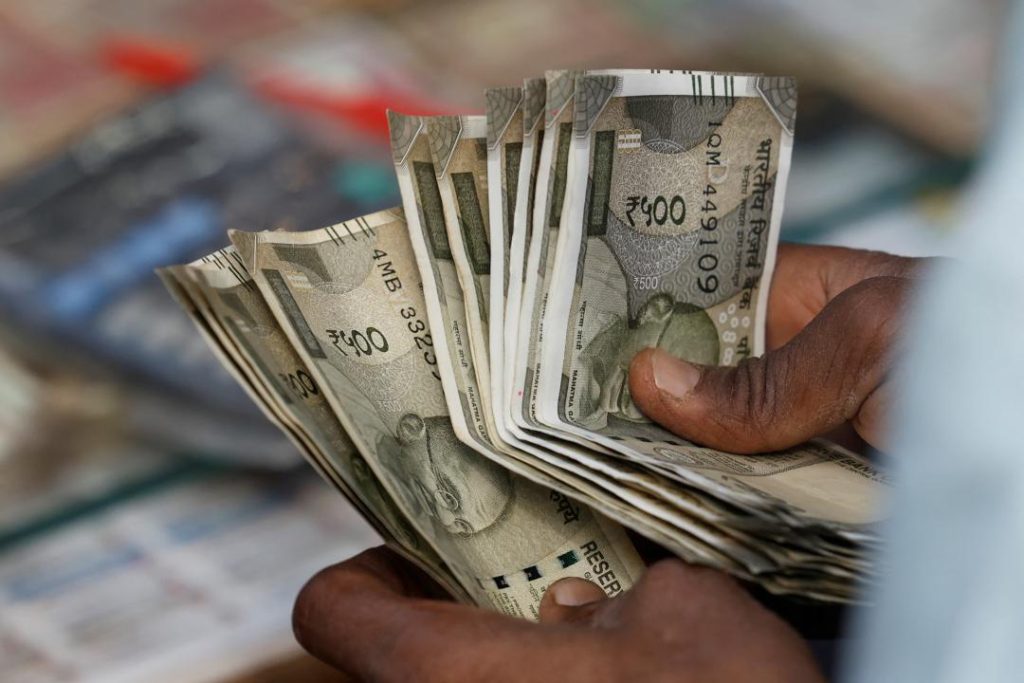
What Got Cheaper & Costlier in March as CPI Falls to 67-Month-Low of 3.34%?
The Consumer Price Index (CPI), which measures the average change in prices of a basket of goods and services, has been a crucial indicator of inflation in India. In March, the CPI saw a significant decline, falling to a 67-month low of 3.34%. This drop in inflation is a welcome relief for consumers, as it means that prices of essential goods and services have become more affordable. But what were the specific items that got cheaper or costlier in March?
Declining Prices:
Eggs, vegetables, and pulses were the big winners in March, with prices seeing considerable declines. According to data released by the government, the prices of eggs fell by 13.4%, while the prices of vegetables dropped by 8.3%. Pulses, which include items like chana, moong, and masoor, saw a decline of 6.3%. These decreases are likely to bring relief to consumers, who have been complaining about the rising costs of these essential items.
Spices, meat, fish, and housing also saw marginal declines in prices. The prices of spices like turmeric, coriander, and chili powder fell by 1.1%, while meat and fish prices dropped by 0.4% and 0.3%, respectively. Housing prices, which have been a major concern for many Indians, saw a decline of 0.2%.
Recreation and amusement, which includes items like movies, travel, and sports, also saw prices drop marginally. The prices of movies, for instance, fell by 2.1%, while travel costs dropped by 1.2%.
Rising Prices:
While many items saw price declines, there were some that saw sizeable increases. Fruit prices, for instance, saw a jump of 7.3%, making them one of the most expensive items in March. This increase is likely due to factors like supply chain disruptions, crop failures, and changes in global market conditions.
Cereals, milk, oil, sugar, confectionery, clothing, snacks, sweets, pan, tobacco, footwear, fuel, and health and education also saw marginal price rises. The prices of cereals like wheat and rice, for instance, increased by 1.1% and 0.8%, respectively. Milk prices rose by 0.7%, while oil prices increased by 0.5%.
What Does This Mean for Consumers?
The decline in CPI to a 67-month low of 3.34% is a positive development for consumers. It means that they can expect to pay lower prices for essential items, which will improve their purchasing power. The decline in prices of eggs, vegetables, and pulses, in particular, is likely to bring relief to consumers who have been struggling with the rising costs of these items.
However, the increase in prices of fruits and some other items is a cause for concern. It may be necessary to address these price increases to ensure that the benefits of the declining CPI are shared by all consumers.
Conclusion:
The decline in CPI to a 67-month low of 3.34% is a welcome development for consumers. While many items saw price declines, there were some that saw sizeable increases. The government and other stakeholders will need to carefully monitor the prices of essential items to ensure that the benefits of declining inflation are shared by all consumers.
Source:






